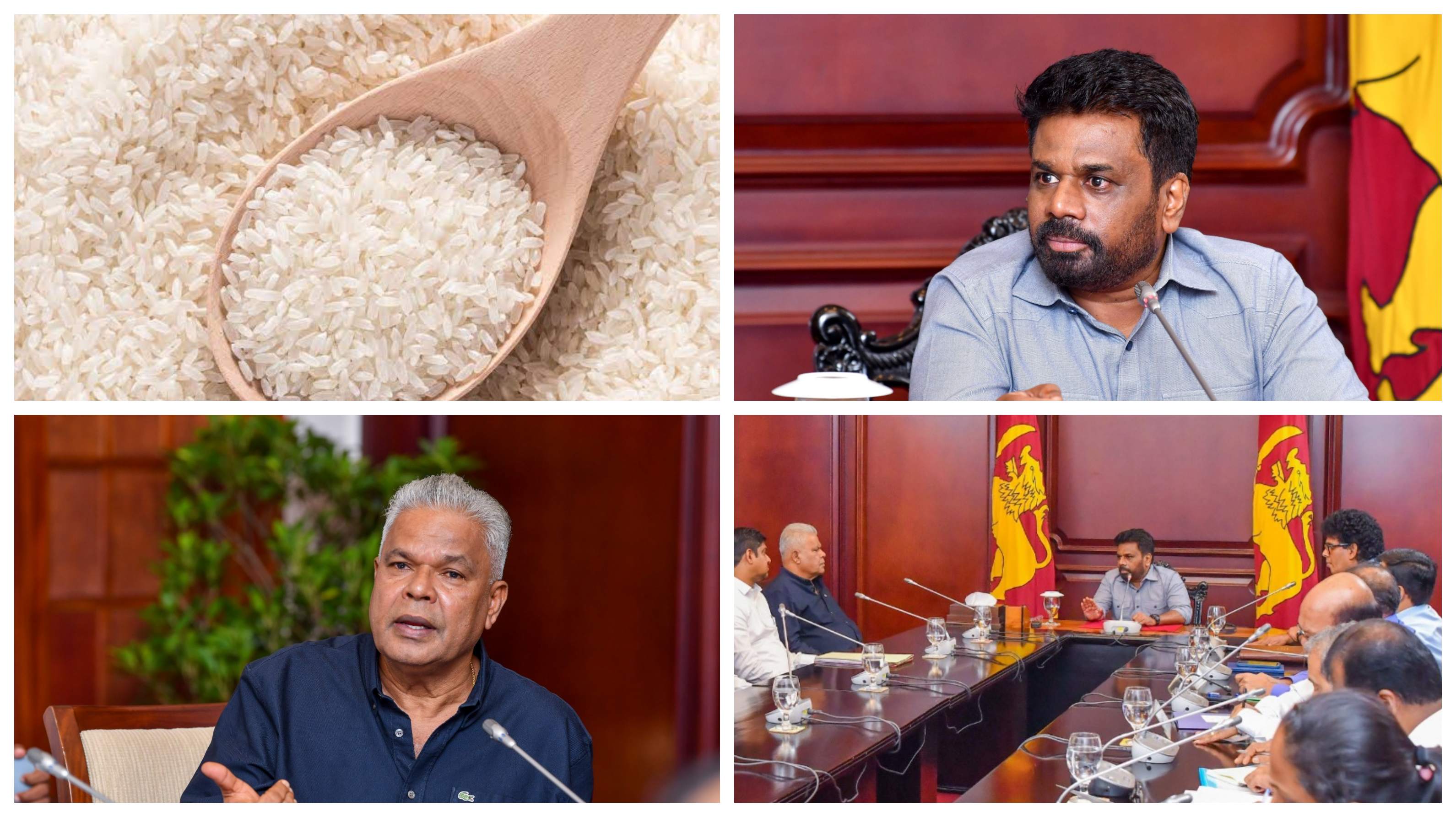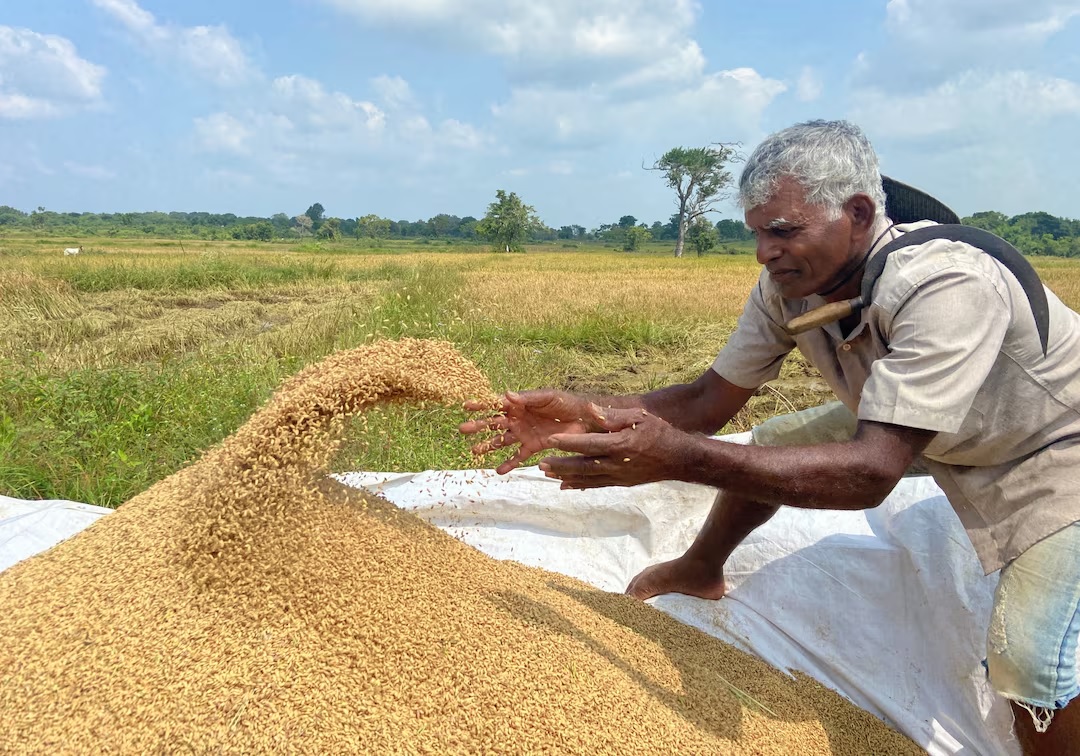The High Cost of Rice Farming in Sri Lanka: A Farmer’s Struggle for Fair Prices
Rice farming is the backbone of Sri Lanka’s agriculture, involving nearly a million farmers and feeding the entire nation. However, despite being a crucial industry, paddy farmers are struggling to make ends meet due to rising production costs, unpredictable market conditions, and a lack of government support. The increasing cost of farming—driven by labor, machinery, fertilizers, and unpredictable weather—makes it harder for farmers to earn a sustainable income.
Why Is Rice Farming So Expensive?

High Input Costs
Farmers must spend heavily on fertilizers, pesticides, and seeds to maintain their yields. Even with government subsidies, fertilizer prices have been volatile. The failed attempt at a complete shift to organic farming in 2021 further destabilized the sector, causing a significant drop in production.
Labor and Machinery Costs
Hiring labor is expensive, with wages making up nearly 43% of total production costs. Mechanization is necessary but costly, and small-scale farmers often lack access to affordable equipment.
Unpredictable Weather and Natural Disasters
Floods and droughts regularly impact paddy production. In recent years, extreme weather events have wiped out entire harvests, leaving farmers with no income and no government compensation.
Market Exploitation
Private mill owners control the rice trade, often buying paddy at lower prices and selling rice at a much higher rate. Without government intervention, farmers are left at the mercy of middlemen who manipulate prices for their own gain.
The Case for a Minimum Guaranteed Price
With production costs soaring, Sri Lankan farmers are demanding a minimum guaranteed price of Rs. 140 per kilogram. Currently, millers offer only Rs. 90, which does not even cover production costs for many farmers. The government’s delayed announcement on the official purchasing price has allowed large-scale traders to exploit farmers further.
Without a guaranteed price, farmers are forced to sell at unfair rates just to survive. This leads to debt cycles, abandoned farmlands, and even migration away from agriculture. If farmers continue to suffer losses, Sri Lanka’s self-sufficiency in rice could be at risk, forcing the country to rely more on imports.
The government must act urgently to protect farmers and ensure a fair and stable market. A minimum guaranteed price would provide security, prevent market manipulation, and sustain the livelihoods of millions of rural Sri Lankans. Investing in long-term solutions, such as better irrigation, affordable mechanization, and direct government purchasing, could make rice farming a viable profession once again.
At its core, this issue is not just about economics—it is about food security, national stability, and justice for those who work tirelessly to feed the nation.








